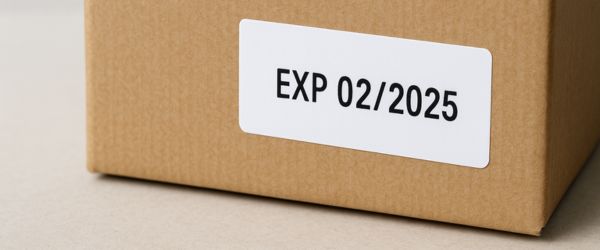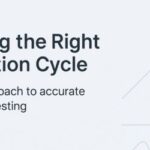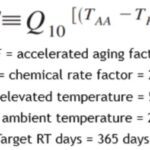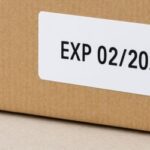For medical device manufacturers, packaging shelf life is more than a printed date — it’s a measure of compliance, stability, and product confidence. Most sterile packaging validations establish a two-year shelf life, but that’s often a conservative starting point.
With accelerated aging studies, manufacturers can often extend that shelf life to three, four, or even five years — without repeating a full validation.
“We routinely help customers extend packaging shelf life to five years with new accelerated aging data,” says Alan Evans, Packaging & Validation Manager at Life Science Outsourcing. “The science supports it — and regulators recognize it when the data and documentation are sound.”
Understanding Accelerated Aging
Accelerated aging is a controlled laboratory method that simulates long-term storage in a shorter timeframe. Governed by ASTM F1980, it defines how temperature and time can model real-time aging effects.
For every 10°C increase in temperature, the rate of material degradation roughly doubles — allowing engineers to simulate years of storage in weeks.
Example:
A study conducted at 55°C for 6 weeks can represent one year of real-time aging at 25°C. By extending the study duration, you can generate valid data for three, four, or even five years of equivalent shelf life.
Why Extend Shelf Life?
Extending shelf life through accelerated aging provides both technical and strategic benefits:
Reduce testing frequency and costs by avoiding redundant validations
Maintain product availability without downtime tied to validation cycles
Simplify documentation by building on existing validation data
Support longer logistics windows for global distribution
Demonstrate long-term compliance under ISO 11607-1/2 and FDA 21 CFR part 820
In other words, shelf-life extension is not just about testing — it’s about operational efficiency and regulatory foresight.
How the Process Works
Extending shelf life through accelerated aging follows a structured, data-backed approach:
Review Existing Validation Data
Confirm that your packaging configuration, sealing parameters, and sterilization method remain unchanged.Define Target Shelf Life
Decide whether to extend to three, four, or five years based on your business and regulatory needs.Perform Accelerated Aging per ASTM F1980
Conduct a new aging study using controlled temperature and humidity to simulate the additional years.Conduct Post-Aging Integrity Testing
Verify sterile barrier integrity with tests such as:ASTM F88 — Seal Strength
ASTM F1929 — Dye Penetration
ASTM F2096 — Bubble Leak
- ASTM F1886 — Visual Inspection
Document and Justify
If all acceptance criteria are met, update your validation report, product labeling, and technical documentation accordingly.
When Shelf-Life Extension Is — and Isn’t — Possible
You can extend shelf life when:
Packaging materials, sealing process, and sterilization method are unchanged
Original validation data and reports are traceable and compliant
No packaging or integrity issues have been observed
You cannot extend shelf life when:
There have been material, process, or sterilization changes
Original validation data is unavailable or incomplete
Prior aging studies failed to meet acceptance criteria
Related Reading: Extend Expiration by Two Years Through Revalidation
If your current packaging validation is approaching expiration, you may not need accelerated aging right away.
Read our companion guide — How to Extend Your Medical Device Packaging Expiration Date by Two Years Through Validation Testing — and try our Packaging Expiration Extension Diagnostic to see if your existing validation could qualify for an expiration extension based on revalidation testing.
Partnering with LSO for Shelf-Life Extension
Life Science Outsourcing provides complete packaging validation and revalidation services, including accelerated aging, seal integrity testing, and regulatory documentation — all performed in-house for faster turnaround and full ISO 11607 and FDA compliance.
Our experts help you:
Evaluate feasibility for shelf-life extension
Execute accelerated aging and verification testing
Document and justify new expiration dates
Maintain audit-ready packaging files
Whether you’re targeting a two-year revalidation or a five-year shelf-life extension, LSO ensures your packaging remains validated, compliant, and market-ready for the long term.
Plan your shelf-life extension before your validation expires.
Talk to a packaging validation specialist today to determine if accelerated aging data can help extend your product’s shelf life — safely and efficiently.





